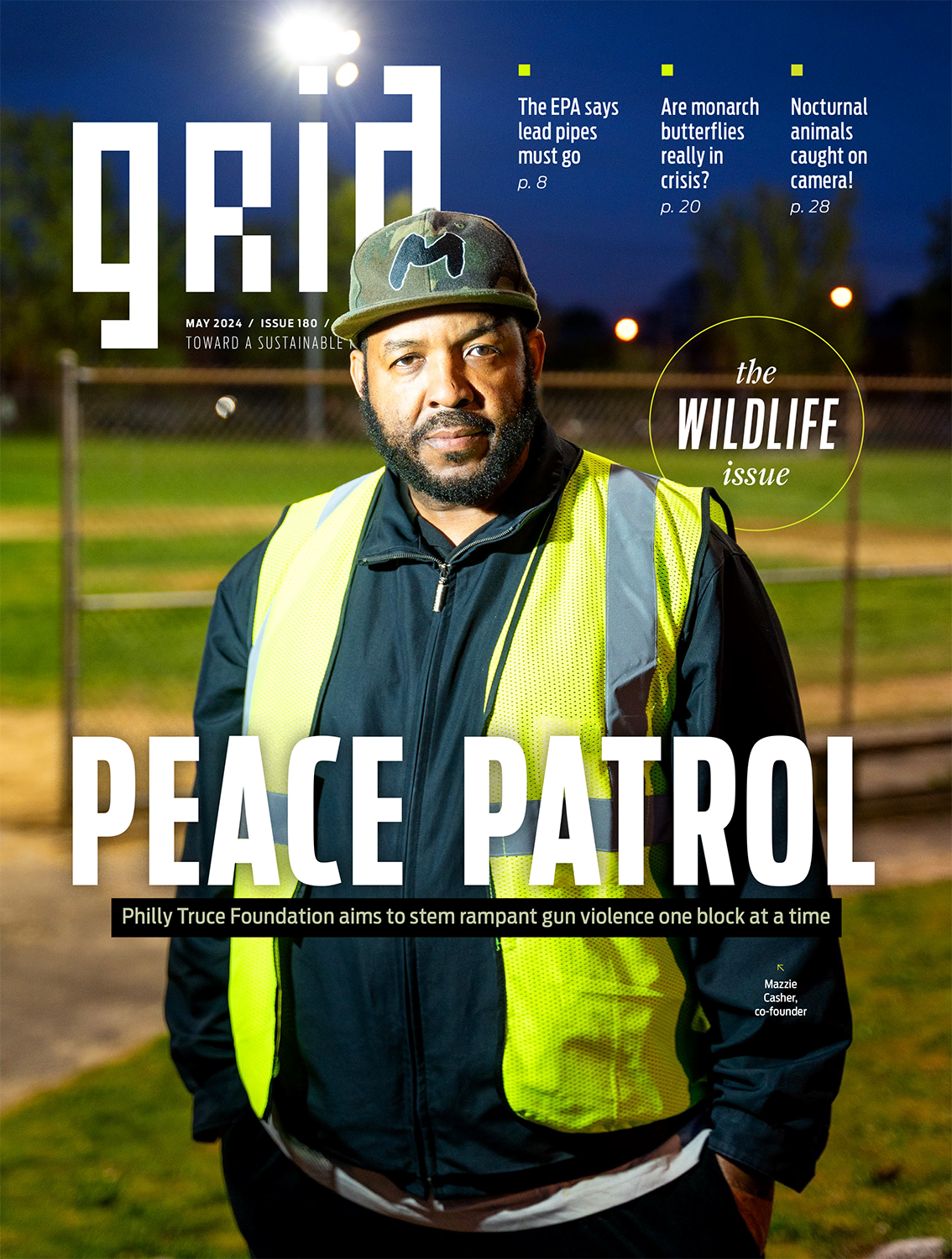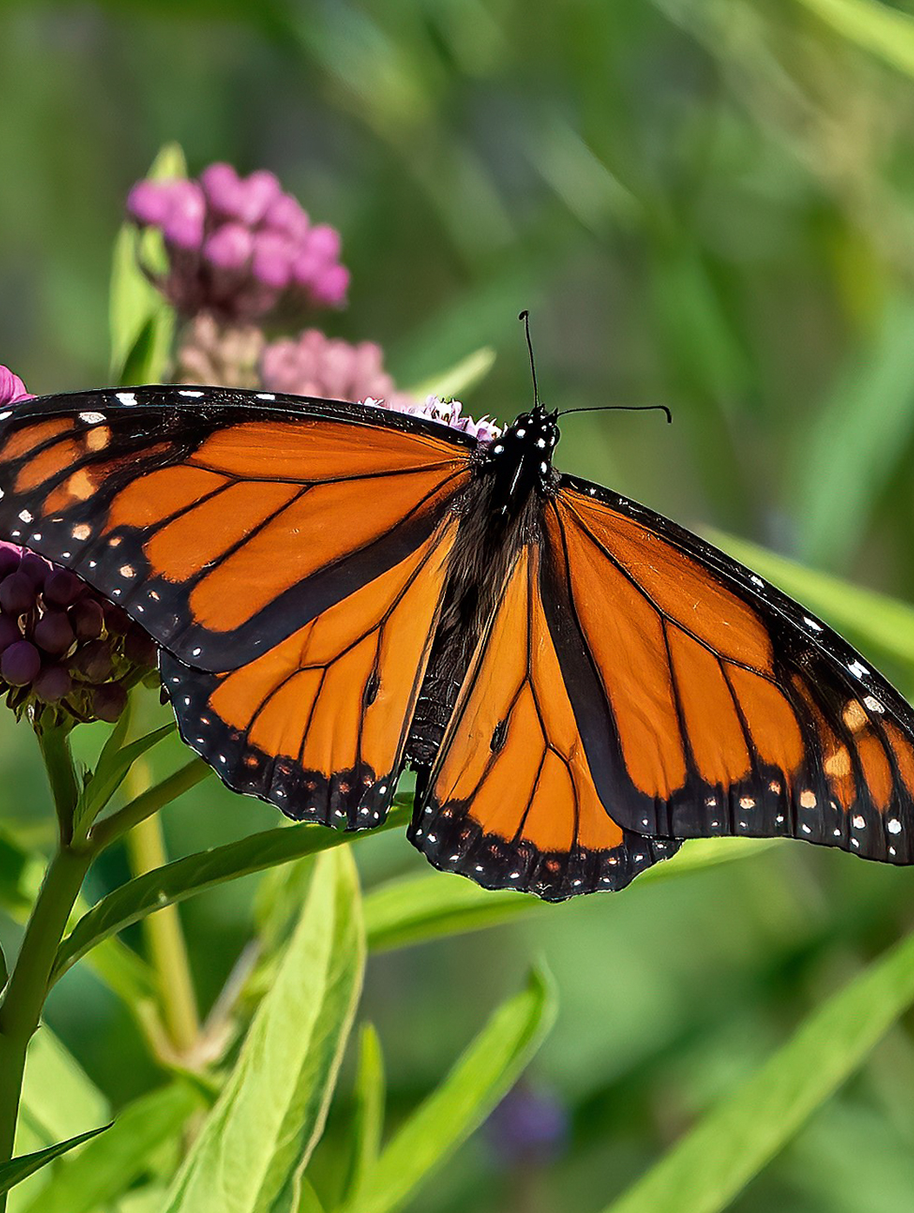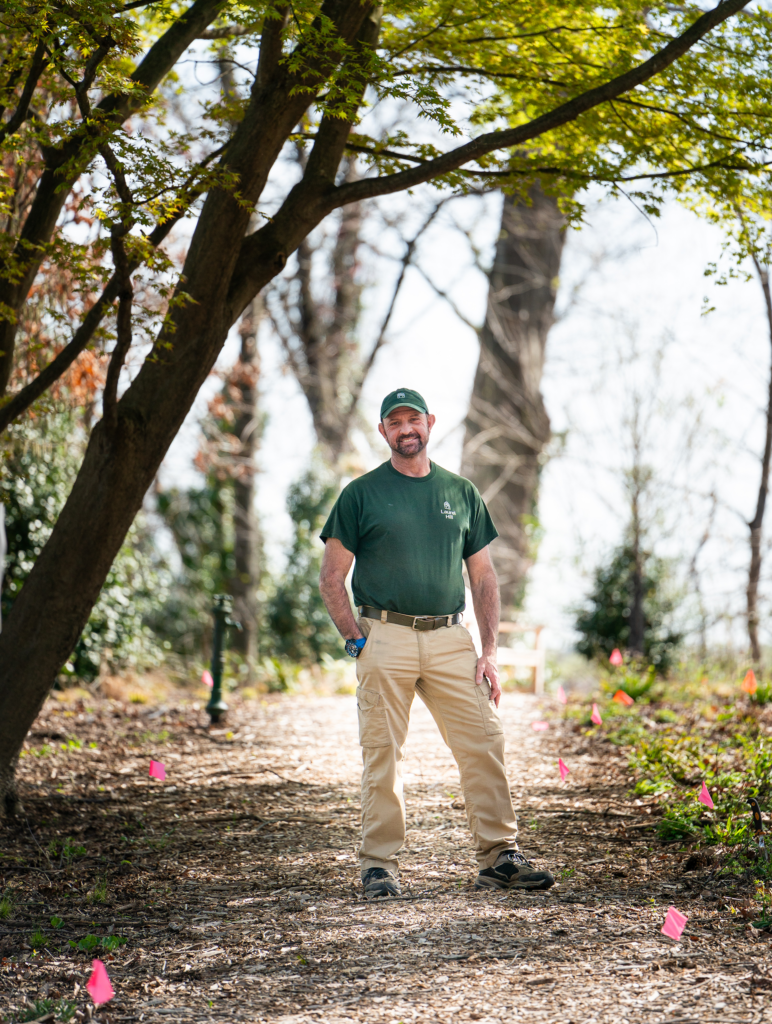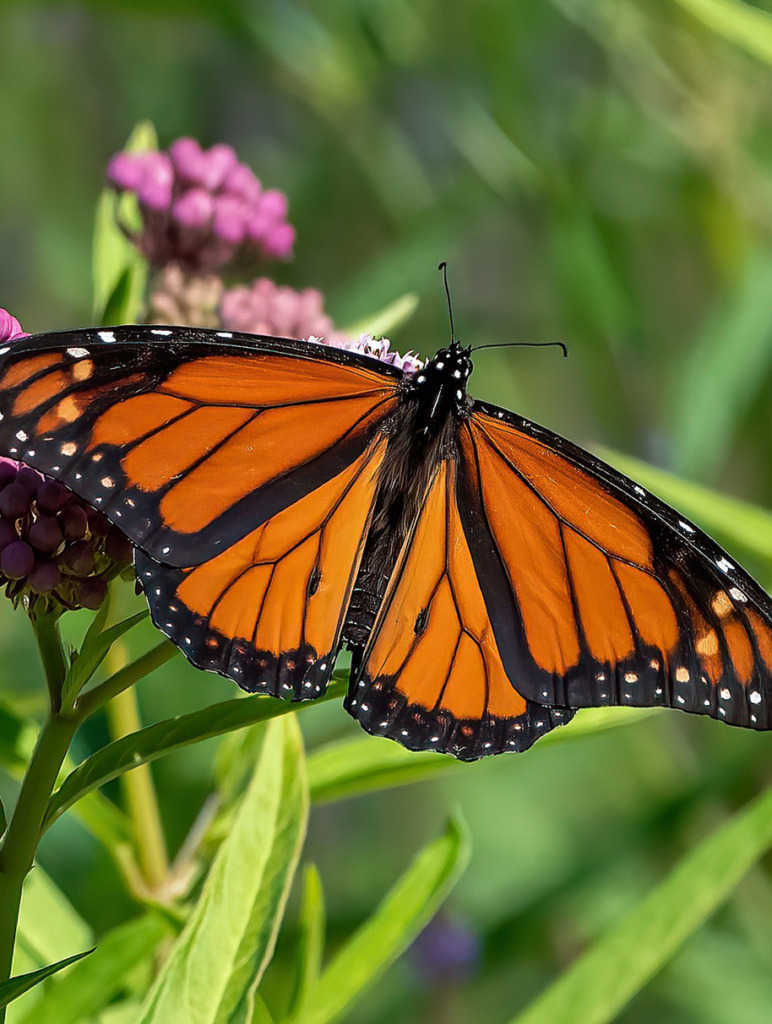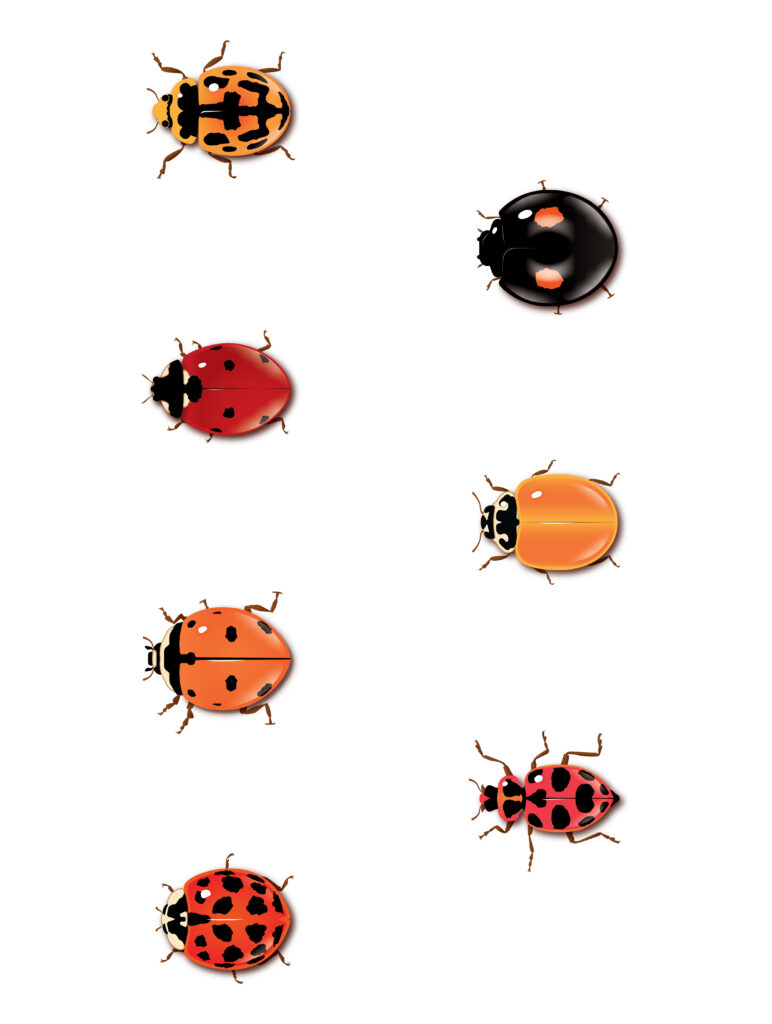Who is walking around the neighborhood while you’re not looking? Humans share the city and suburbs with a cast of other mammals that do their best to avoid us by only coming out at night.
To see these shy beasts, scientists use infrared-triggered, battery-powered cameras. In a setup often called a “camera trap,” they can help gather information about what critters are living out of sight around us.
In late January and early February, students from Villanova University’s Urban Ecology class taught by ecologist Lauren Lynch placed 15 cameras in a range of urban-to-rural settings to learn more about how the local mammals inhabit these varying landscapes. Grid talked to some of the students about what they learned.

They discussed how wildlife species living in and around cities can be classified by how well they take to living in urban settings. Urban avoiders, like mountain lions, don’t do well in cities. Urban adapters, like raccoons and gray squirrels, can thrive in cities or in the countryside, while urban exploiters, like house sparrows and brown rats, are more at home here than anywhere else.

“Our goal was to quantify the bio-abundance and biodiversity along an urban gradient in Philadelphia,” says senior Michael Simeone. He says they didn’t find a big difference in abundance or diversity across the sites, but “we noticed a change in mammal composition,” with some species being more or less common depending on the type of site. The size of the animals also varied based on how rural or urban the site was. “There were more smaller animals in urban sites, and there were more deer the more rural we went,” he says. The students estimated that they got pictures of about 70 different deer at Ursinus College.

“In rural sites, we saw few species other than deer, but in closer [to the city] sites we saw some mammals in the mid range of size,” Simeone says. These included foxes, raccoons and in a surprise star turn, a coyote photographed at The Discovery Center in East Fairmount Park.

Brent Jenkins, a junior, says they placed camera traps at Kaskey Park (featuring the Biopond) on the University of Pennsylvania’s campus, as well as at the Discovery Center. There, they found other signs of the wildlife living alongside the coyote. “We saw a good amount of footprints and determined that they were raccoons.”
Brendan Cottingham, senior, says that when he’s back home in New York City and traveling with a Boy Scout troop he volunteers with, he’ll think about the animals around him, even if they’re not in plain sight. “The knowledge I’ve gained about species abundance and richness — it’s something I’ll think about going forward. When I see a rat scurrying around I’ll think ‘oh, that’s an urban exploiter,’” he says. “When I go upstate I’m going to be more aware of the animals I see on my travels.”


